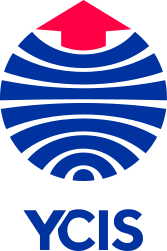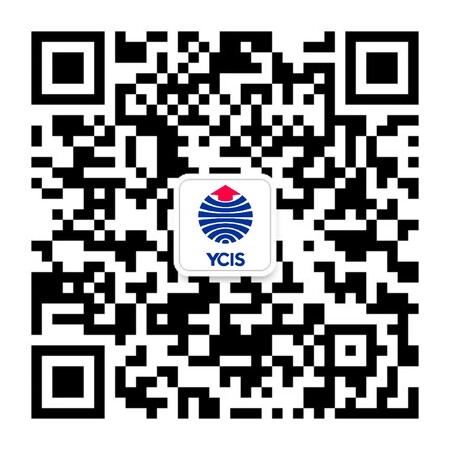Go Back
News
Student Blog
Creative Science: Blending ICT and Space Physics for Dynamic Learning Opportunities
Student Blog
09 Jun, 2017
10 : 00
Here at the Yew Chung International School of Beijing, we’re big proponents of using science and technology to its fullest extent; it’s one of our principal educational objectives. In Lower Secondary school, a routine science project provides an excellent microcosm of the school’s mission to give students opportunity to fully utilize technology and their own creativity with every subject.
Assigned a project on the solar system, Year 8 student Douglas Kang took the assignment and ran, independently creating a movie and a variety of PowerPoint presentations from scratch to demonstrate what he’d learned through his research, and how he utilized technological tools to express his learning.
Please introduce yourself.
My name is Douglas Kang. I’m in Year 8, originally from Korea, and I’ve been at YCIS Beijing since 2012.
Please introduce your science project.
My science project is about space physics. It covers a lot of topics, like the sun, the solar system, asteroids, comets, ort clouds, nebulas, star birth, the big bang, galaxies; basically, everything related to space and the birth of space! I made this for science class taught by my teacher Mr. Lowe who set it for us as a research project, which I really liked because I’m very interested in the subject. I think it’s interesting because there’s so much we don’t actually know about space, so I was wondering what space is all about and what it’s comprised of.
How did you conduct your research?
For my research I mostly found off of Google and other online resources. I used mostly kids astronomy, which was a great source for me and easy to understand.
What was the most inspiring or interesting fact you learned through this project?
The interesting fact I learned was if the star dies, 97% of them end their existence as a white dwarf, but 3% supernova and become black holes.
Black holes are really interesting to me. I learned about how they’re created when multiple neutron stars merge into one. It’s something that absorbs everything, even light, because of the high gravity that it has.
How did you decide how to present this project?
I created a video via iMovie to generally introduce the topics I research, then made a number of PowerPoint presentations on each specific topic, like planets, celestial bodies, and more, with more detailed information.
Why did you decide to make a video?
I thought it was a good way to make my classmates more interested in the topic since visual projects are more interesting than just words. Using my own words might have been too boring for my classmates; this was a much more interesting way to present my ideas and make them absorbed more quickly as well.
Did you already know how to create videos prior to doing this project? How did you learn how to create videos?
I learned all of this in media studies class at YCIS Beijing last year in Year 7. They taught us a lot about making movies, like how to edit and create videos, camera angles, etc. This one was pretty easy as it was just photos, music, and words together.
How do you use technology in your class on a regular basis?
We use our laptops often in class. We do a lot of research using a variety of online resources, and make PPT’s to demonstrate our learning quite often.
Learn more about what makes the Yew Chung International School of Beijing’s Lower Secondary section unique by visiting the section page!









